Start your journey here
Make positive changes to your daily diet and health, find a test thats right for you.
Caffeine intolerance can trigger symptoms like insomnia and headaches. Learn more about caffeine and how to cope with a caffeine intolerance.
Make positive changes to your daily diet and health, find a test thats right for you.

Caffeine is deeply embedded in most of our lives. Here in Britain we knock back around 95 million cups of coffee and 100 million cups of tea every day. That’s alongside close to 670,000 tonnes of chocolate per year – that’s 11kg per person, or three bars every single week.
Meanwhile, newer confections like the high caffeine energy drink have become hugely popular too. Our veins flow with caffeine, and many of us struggle to face the day without our morning dose of the good stuff.
But let’s start at the beginning.
Caffeine is a stimulant – that won’t be news to anybody. More specifically, it is a psychoactive stimulant, meaning it affects the central nervous system, and as such it meets the technical definition of a drug. Caffeine is, in fact, the world’s most widely consumed psychoactive drug.
Caffeine is a phytochemical – a chemical produced by a number of plant species for two principal reasons:
In human beings caffeine works by temporarily blocking the absorption of adenosine, a chemical compound that triggers drowsiness. This increases alertness and focus.
Caffeine also has a number of physical effects: it delays muscle fatigue and boosts strength, improving our general stamina, increasing fat burn and improving performance in endurance sports like cycling and running. It also increases our metabolic rate, speeding up reaction times and accelerating our digestive systems.
Caffeine consumption has also been linked to improvements in long term memory and even to a lower risk of developing such serious conditions as cirrhosis, skin cancer, and Alzheimer’s Disease.
As with other psychoactive substances, heavy use of caffeine can lead to the development of tolerance over time, and when you find that cup of black coffee that once jolted you awake in the mornings is no longer quite doing the trick, you may be tempted to increase your caffeine consumption still further. But proceed with caution.
As many as 30 different plant species in Asia, Africa and South America produce caffeine in their leaves, fruit and seeds. But the vast majority of the caffeine we eat and drink comes from the big three:
Of course you can have too much of a good thing. Not everyone responds to caffeine in the same way. While most people experience moderate sensitivity and become more tolerant over time, some people are highly tolerant from the start, thanks to a particular pattern of genes.
Similarly, some people are especially sensitive and cannot consume even small amounts of caffeine without experiencing a range of unpleasant symptoms. This is called caffeine intolerance or caffeine hypersensitivity. Caffeine intolerance symptoms can include:
Caffeine sensitivity can be genetic or it can be triggered by differences in liver function. People with this condition metabolise caffeine more slowly and experience the effects more intensely.
As with other sensitivities, it can be difficult to establish whether caffeine or some other food is triggering your symptoms. A food intolerance test can be a big help, bringing clarity to sometimes fuzzy and uncertain symptoms.
If you do uncover a sensitivity to caffeine, you will need to get into the habit of reading product labels carefully – but it may be best to phase caffeine out slowly rather than going cold turkey straight away. Like other psychoactive substances, sudden cessation can trigger withdrawal symptoms. The good news is that there are many tasty and satisfying alternatives to caffeine available. Why not explore, for example:
You may not find such products on the shelves of every supermarket but most health food stores will offer a good selection. Alternatively, online retailers are plentiful.
Whilst it is possible for the body to develop a sensitivity or intolerance to any food or drink item there are certainly those, which are very common.

Caffeine intolerance can trigger symptoms like insomnia and headaches. Learn more about caffeine and how to cope with a caffeine intolerance.
Read more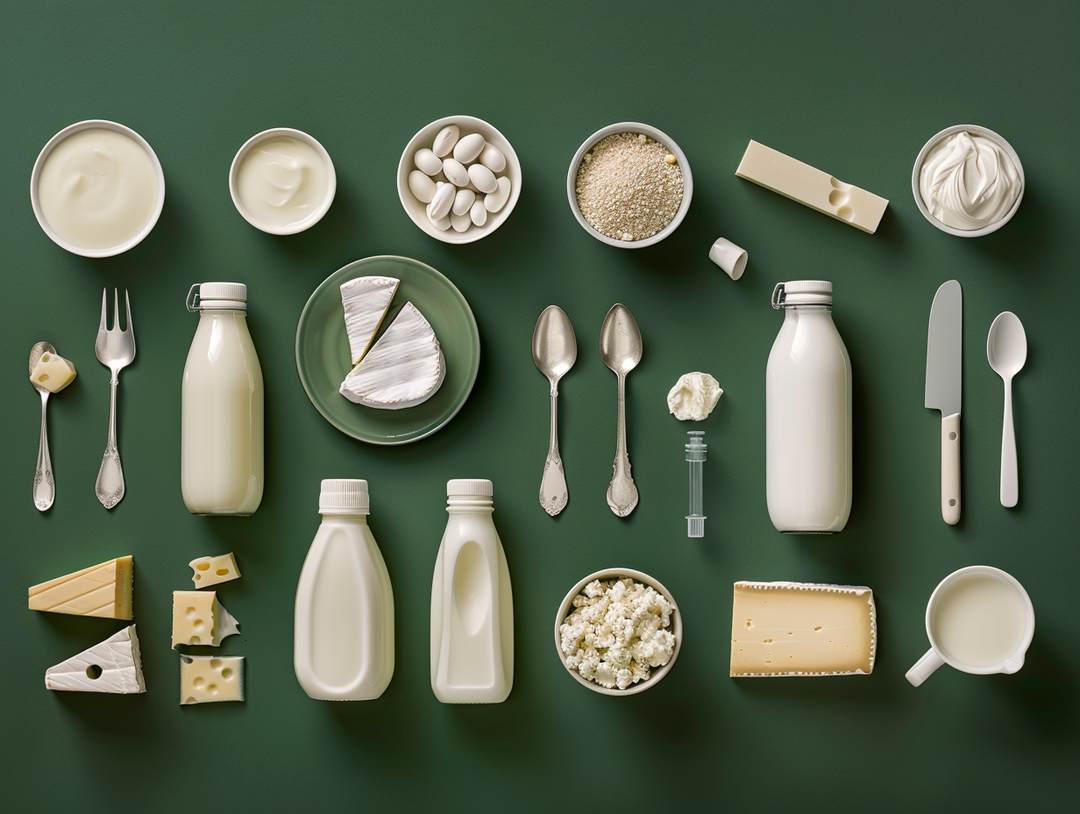
Whilst it is possible for the body to develop a sensitivity or intolerance to any food or drink item there are certainly those, which are very common.
Read more
Eggs are the produce of chickens and ducks. Most commonly it is chicken eggs, which are sold and used in processed products. Eggs can come in many forms, boiled, poached, fried, scrambled and omelette. They are also used in baking, mayonnaise, custard, mousse, margarine, meringue and ice cream. Eggs can be separated into egg white and egg yolk, sometimes only part of the egg is used.
Read more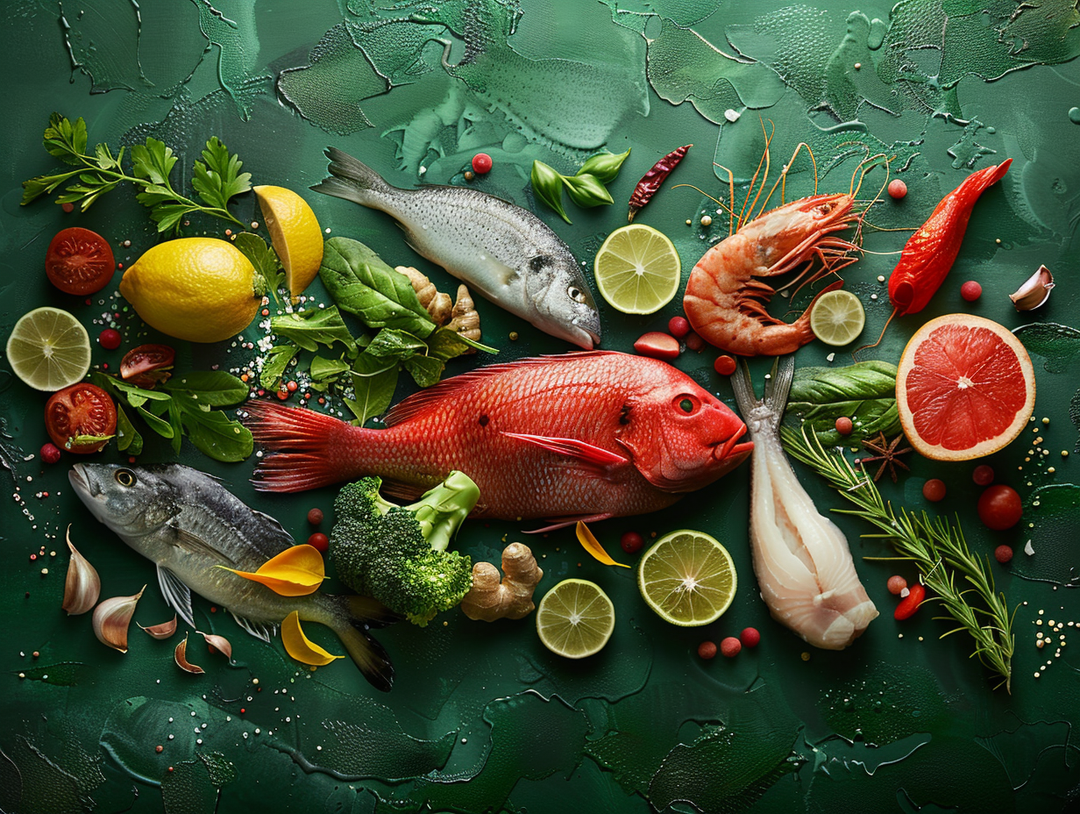
Fish intolerance can trigger symptoms like bloating, stomach cramps and headaches. Learn more about fish intolerance, fish allergies and the differences between them here.
Read more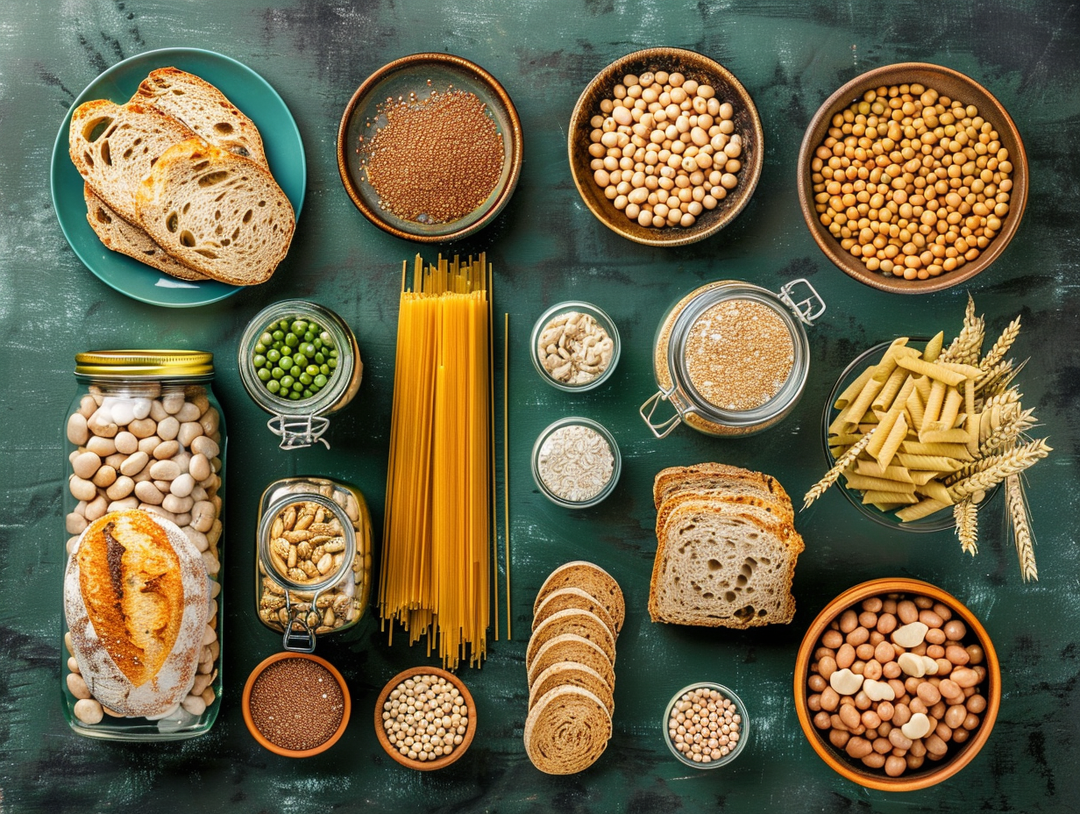
Gluten is the name given to a protein found in all wheat, rye, barley and oat products. It acts like a binder in food, giving it elasticity and a springy feel. It is found in all produce which uses wheat, rye, barley or oats such as bread and bread products, pasta, biscuits, crackers, cereal, muesli, cakes and pastries. It can also be found in beer, ale, lager, soups and processed products.
Read more
Do you difficulty digestiving food and drink containing lactose?
Read more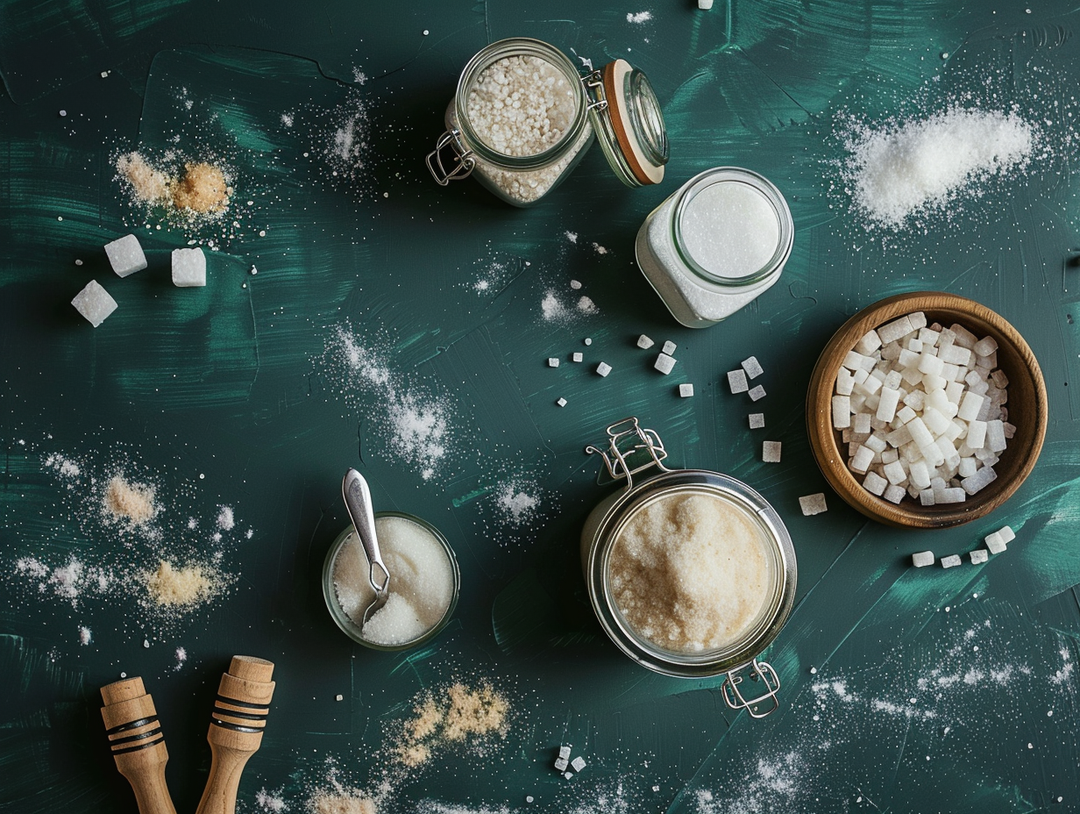
Whilst it is possible for the body to develop a sensitivity or intolerance to any food or drink item there are certainly those, which are very common.
Read more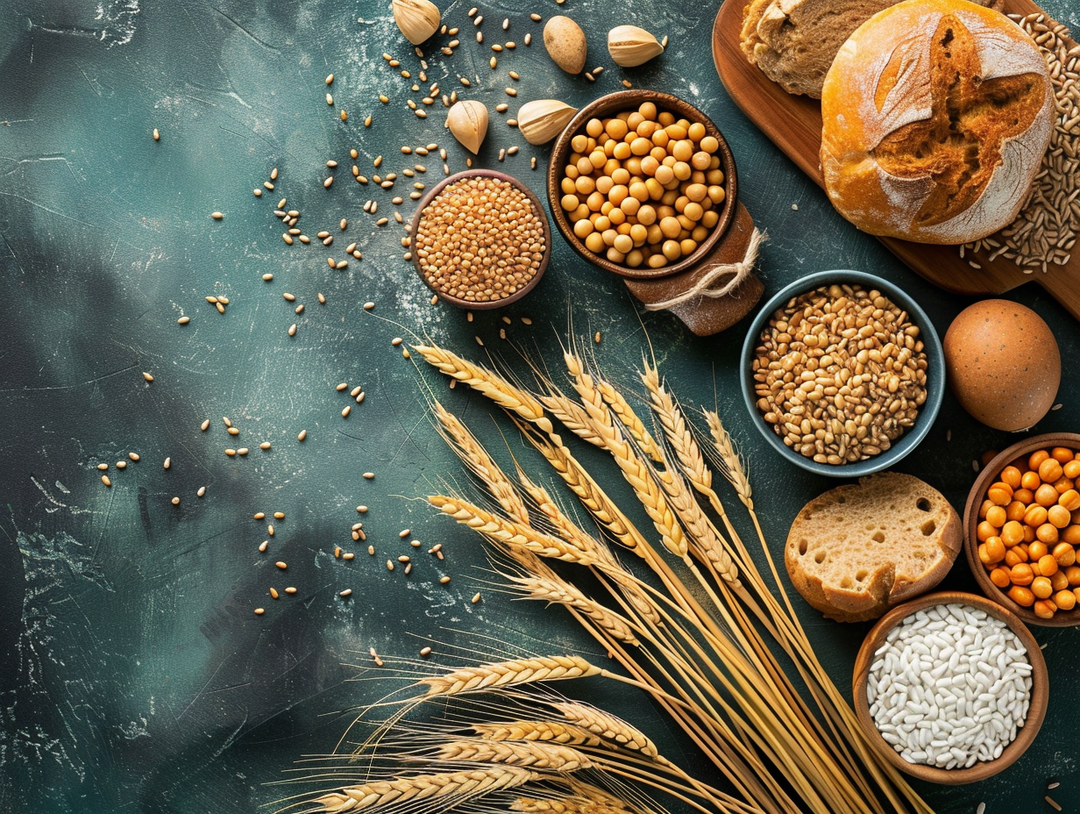
Wheat is found in items using wheat flour or the wheat grain itself such as bread and bread products, pasta, biscuits, crackers, cereal, cakes and pastry products. It is also often used as a thickener so can be found in soups, sauces, stews and processed meals. It can also be found in beer, ale and lager.
Read more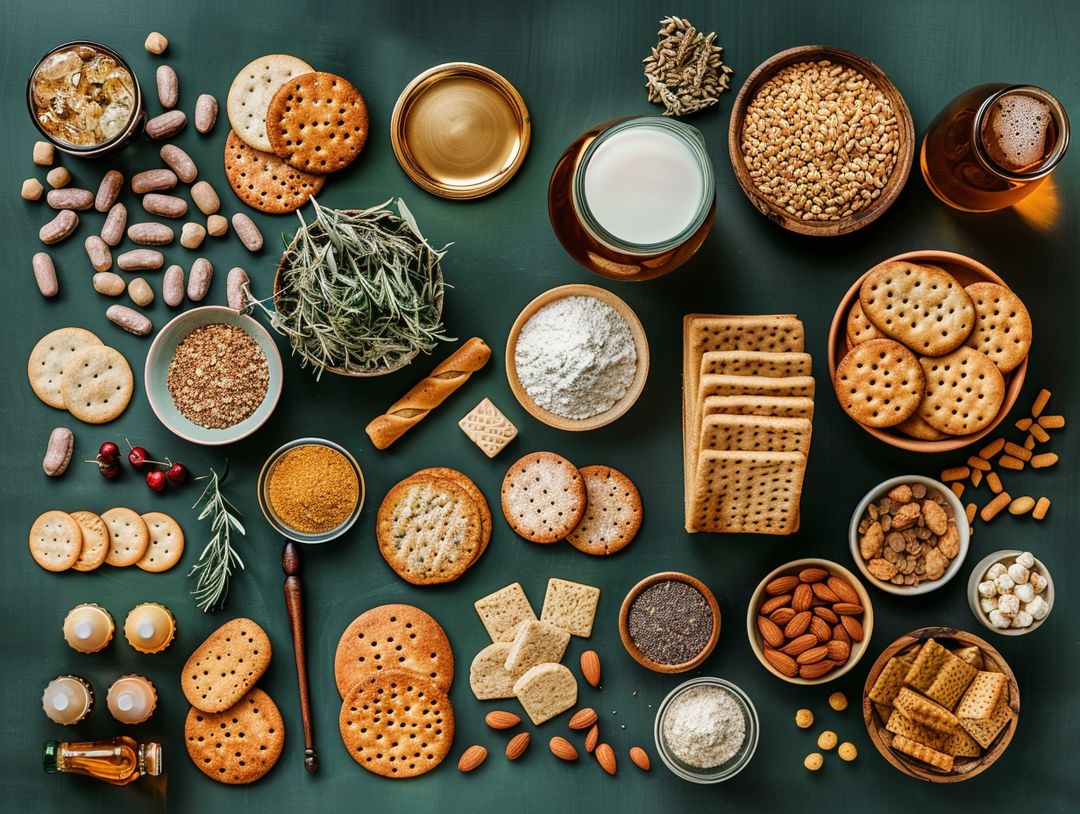
Yeast is a fungus, which feeds on sugars. It is used in the baking of products like bread. It may also be found in pastries, biscuits, crackers, cereals, stock cubes and alcohol, such as beer and cider.
Read moreOur food sensitivity tests are carried out using bioresonance therapy and is categorised under Complementary and Alternative Medicines (CAMs) which covers a wide range of therapies that fall outside mainstream medicine. Tests and related information provided do not make a medical diagnosis nor is it intended to be a substitute for professional medical advice, diagnosis or treatment.
Always seek the advice of your doctor or other qualified health provider if you have a medical condition or with any questions you may have regarding a medical condition and/or medical symptoms.
We’ll only email you about discounts or bundle deals on our health tests, supplements and meal plans along with articles we think you’ll find helpful on your health journey.
Home testing, vitamins & supplements along with long-term support
Check My Body Health is a trading name of Global Health Tests Ltd | Company number 11768987 | 71-75 Shelton Street, Covent Garden, London, WC2H 9JQ | Disclaimer: Hair Testing (Bioresonance) is categorised under Complementary and Alternative Medicines (CAMs) which covers a wide range of therapies that fall outside mainstream medicine. Tests and related information provided do not make a medical diagnosis nor is it intended to be a substitute for professional medical advice, diagnosis or treatment. Always seek the advice of your doctor or other qualified health provider if you have a medical condition or with any questions you may have regarding a medical condition and/or medical symptoms. Never disregard professional medical advice or delay in seeking it because of something you have read on this website. All probable or possible diagnoses generated by the tests or this website need to be discussed and confirmed with a qualified medical practitioner.